ISAF Personal Safety Course Providers Look Forward
Published on March 16th, 2014
In 2003 the International Sailing Federation introduced a standard basic syllabus for the training of safety courses in order to establish an internationally recognized qualification.
The training requirements form part of the ISAF Offshore Special regulations and courses have been established and run, conforming to ISAF standards, within 20 Member National Authorities.
ISAF Personal Safety Course Providers from 14 MNAs came together on March 11-13 at the Royal National Lifeboat Institution in Poole, Great Britain for a training workshop to exchange ideas and develop framework to improve course content in the future.
Hundreds of ISAF Personal Safety Courses are run around the world every year with offshore specialists being guided through the syllabus set out in Appendix G of the ISAF Offshore Special Regs.
Click here to find out where you can take the Personal Safety Courses.
But why was the course introduced? Simon Jinks, author of the ISAF Guide to Offshore Personal Safety for Racing and Cruising, explained, “The ISAF Offshore Personal Safety Course came about as a result of the 1998 Sydney Hobart Race. The coroner’s report from that race asked for extra training to happen to the skippers and crews.
“Following on from that a section in the Offshore Special Regs, section 6, actually asks for 30% of all of the crew who are going into category zero, one and two races to have undertaken training, that’s equivalent to the Fastnet Race, Transat and longer distance races.”
The two day course includes theoretical and practical sessions as Jinks added, “It’s hands on training and includes some stuff that you don’t get to try very often from getting into life rafts and letting off flares. It also goes through theoretical subjects and how to stop getting into trouble in the first place as well as damage control. So if the boat starts taking on water how you can stop it happening and how you can stop a fire happening.
“All real good solid stuff and stuff you don’t get the chance to practice but you do on this course because if you do see it at sea you’ve been there before.”
Throughout the three day course at the RNLI headquarters practical demonstrations were delivered, MNA teaching models were highlighted, discussions were had and offshore sailing legend Mike Golding took the group through his experiences.
Golding famously rescued Alex Thomson in 2006 during the Velux 5 Oceans and explained the importance of taking recognized training courses, “All offshore sailors realise the value in operating a life raft in a pressured panic situation at night in the freezing cold in bad conditions. You want to have the confidence to know you’ve used all that equipment before. Only by providing that sort of structured training can that be achieved.
“In a dynamic environment like the sea things can go from bad to much worse very quickly and there is no room to cope with panic or a complete loss of memory about how to use the equipment. You need to be comprehensively training and prepared.”
Click here for further information on the ISAF Personal Safety Course.
Click here to find out more about the ISAF Guide to Offshore Personal Safety for Racing and Cruising.
Source: ISAF media

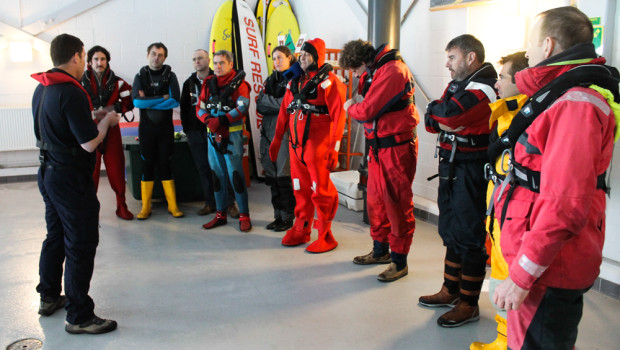

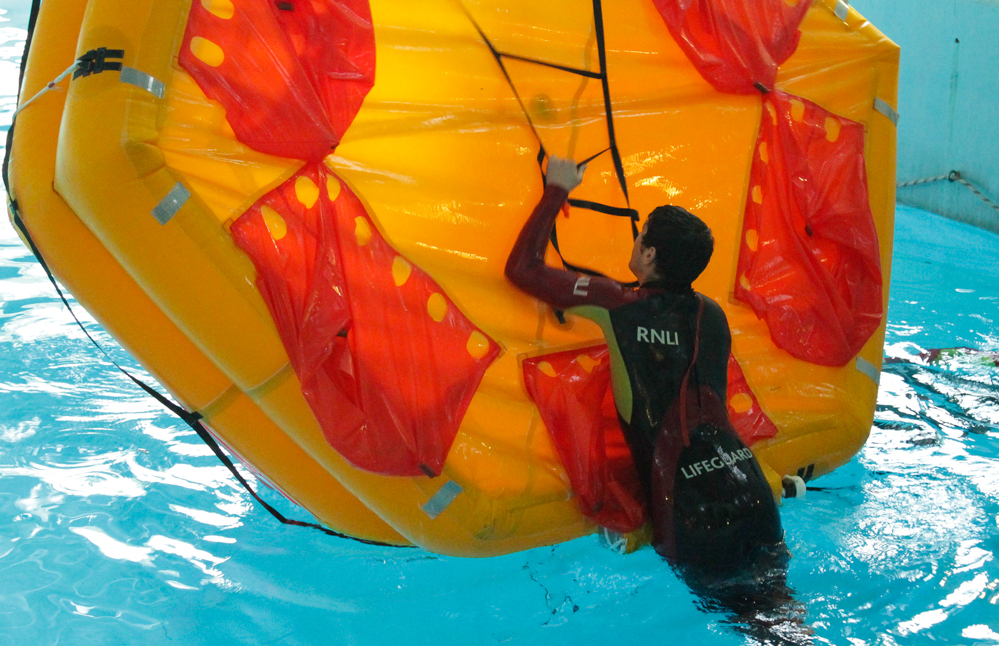
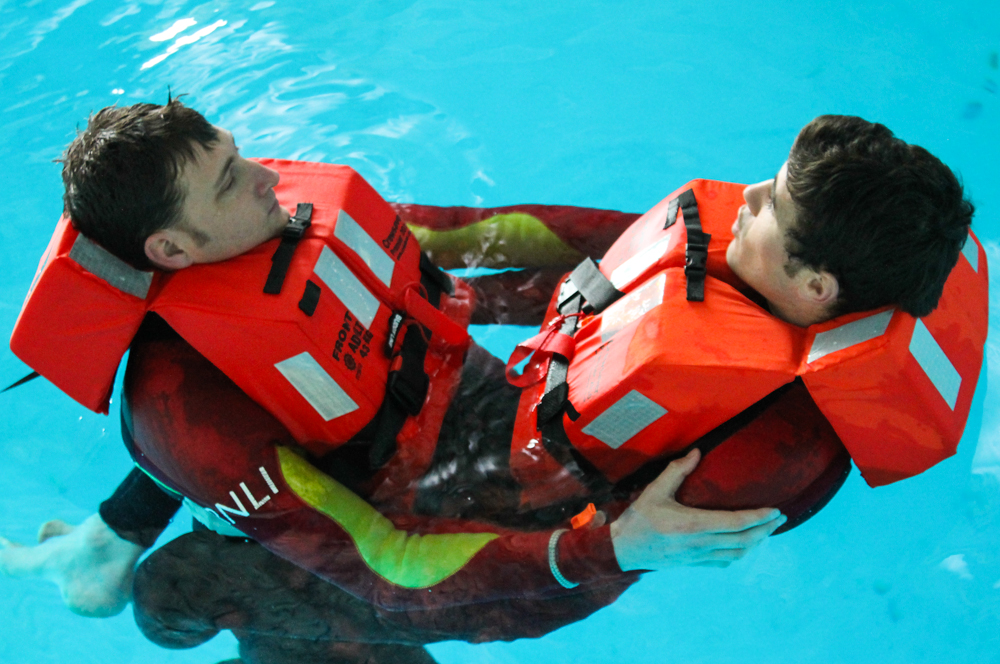


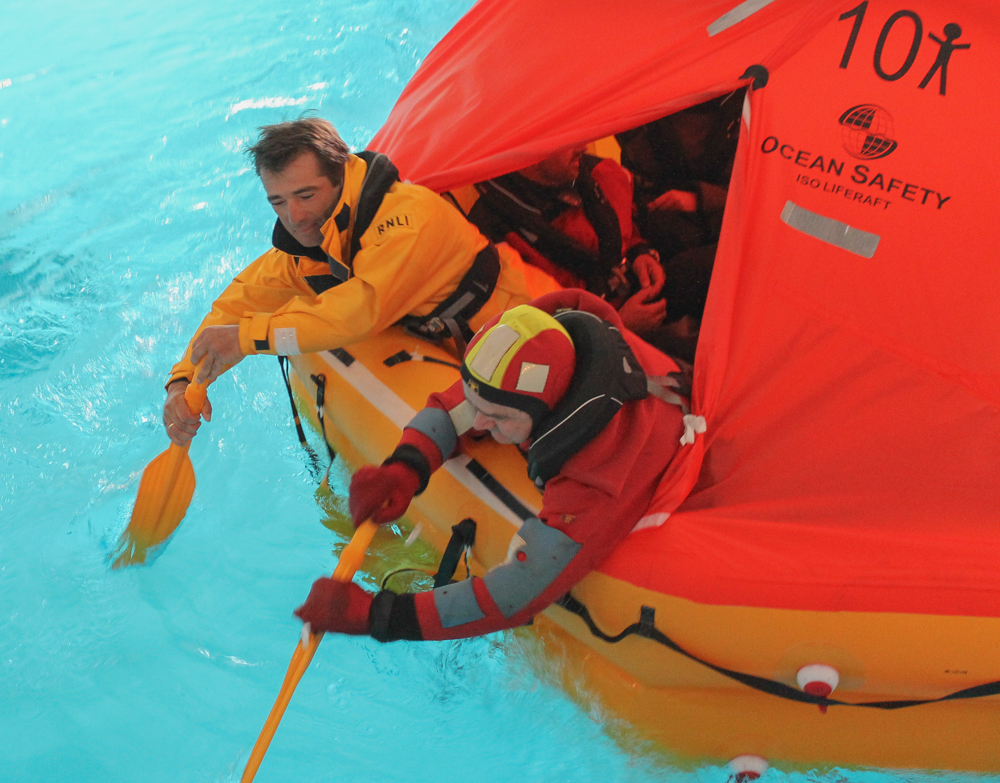
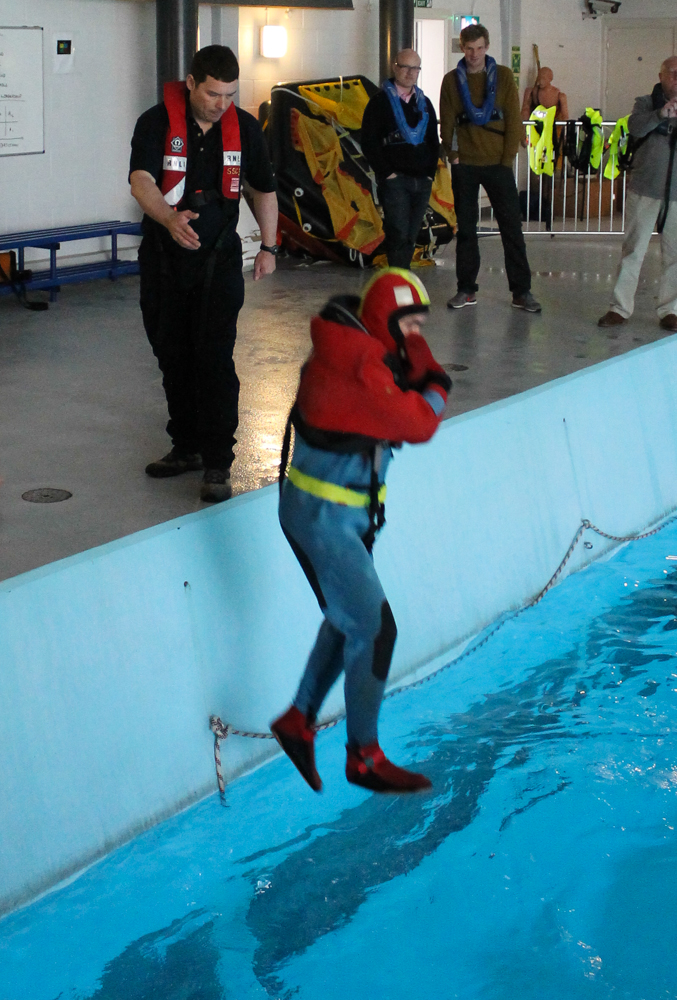
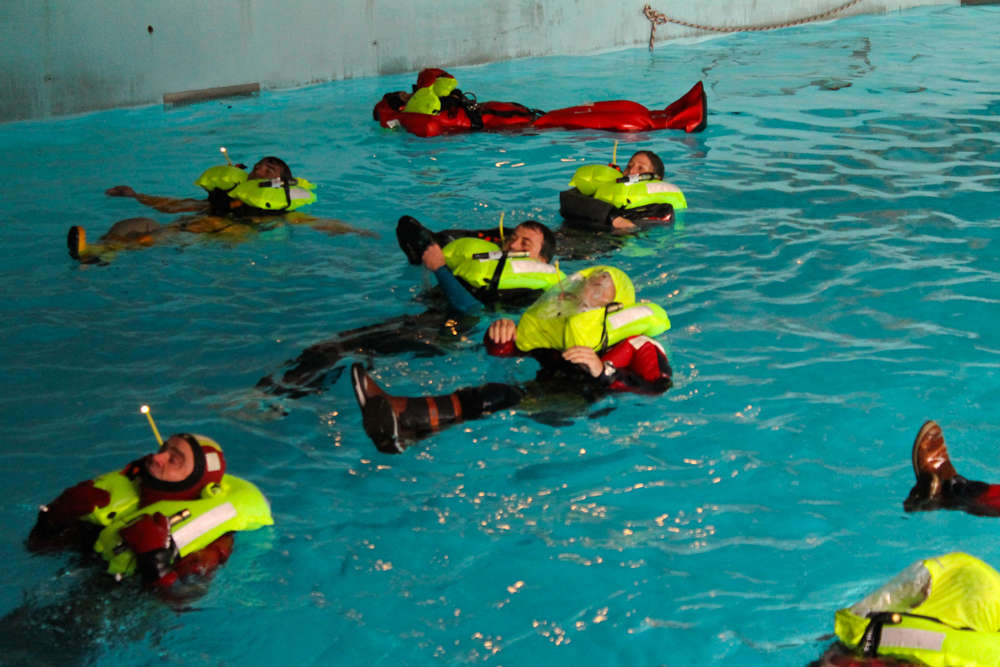

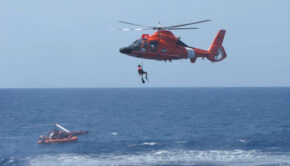
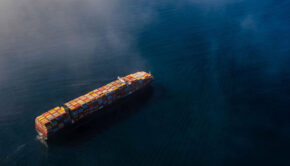
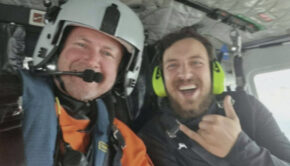
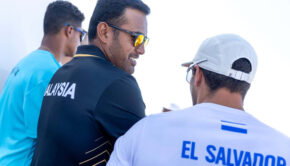
 We’ll keep your information safe.
We’ll keep your information safe.